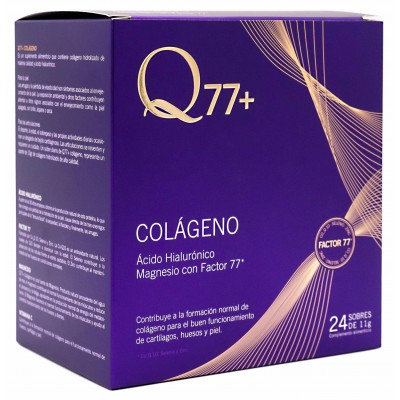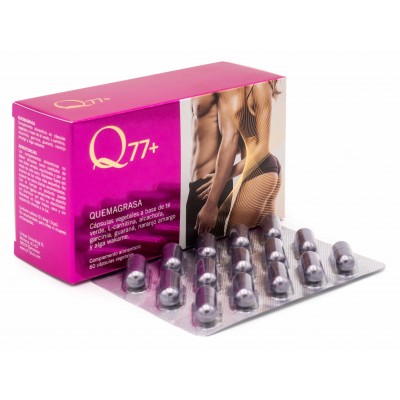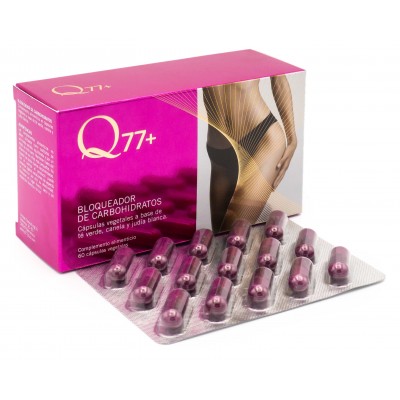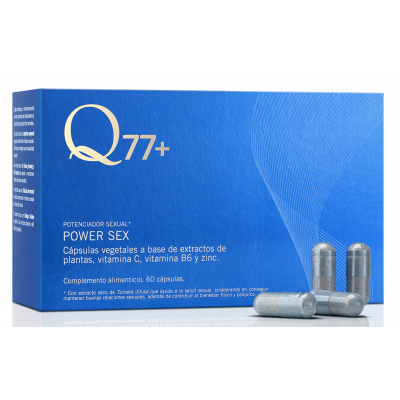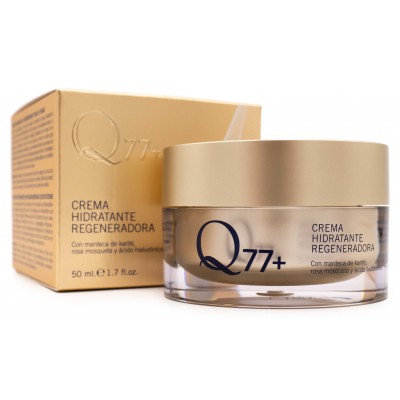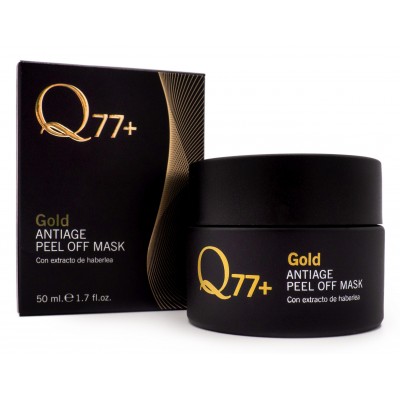29,00 €
(impuestos inc.)
El regenerador celular que mejora el estado de tu piel y tus articulaciones
Despídete de los dolores causados por lesiones deportivas o desgaste articular y recupera la elasticidad y la turgencia de tu piel gracias al...
